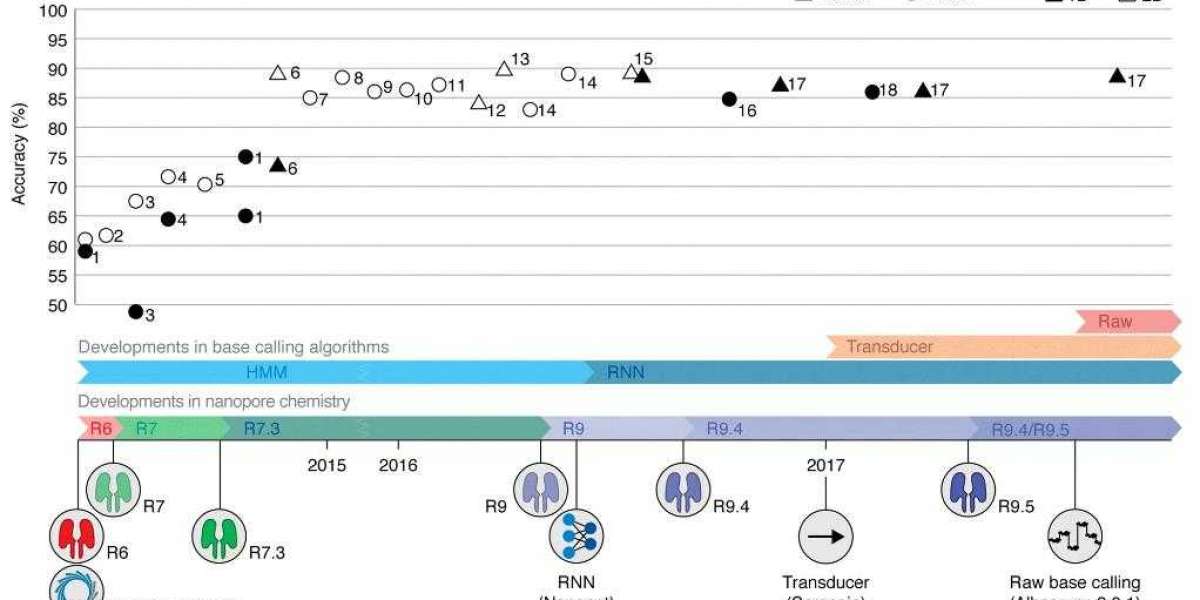The Specialized Role of the Synoptophore in Eye Care
The Synoptophore market is a specialized but vital segment within the ophthalmic devices industry, focused on the manufacturing and distribution of an optical instrument used for the diagnosis and treatment of various binocular vision disorders, primarily strabismus (eye misalignment), amblyopia (lazy eye), and convergence insufficiency. This sophisticated device allows ophthalmologists and optometrists to precisely measure the angle of strabismus, assess the presence and grade of binocular functions (such as simultaneous perception, fusion, and stereopsis), and perform orthoptic exercises to train the eyes to work together effectively. The increasing global prevalence of these vision disorders, particularly in the pediatric population, coupled with advancements in diagnostic capabilities and a growing emphasis on early intervention and vision therapy, are the primary forces driving the sustained growth of this niche but crucial market.
Mechanism, Key Applications, and Technological Evolution
The Synoptophore operates by presenting separate images to each eye, allowing for precise control over the alignment and presentation of these images. It typically consists of two tubes, each with a viewing lens and a slide holder for various test targets (slides). The tubes can be moved horizontally, vertically, and torsionally to simulate different eye positions and measure deviations.
Key Applications:
- Diagnosis of Strabismus: Precisely measures the angle of deviation (heterophoria and heterotropia), whether horizontal, vertical, or cyclotorsional.
- Assessment of Binocular Functions: Evaluates the presence and quality of simultaneous perception (ability to see images with both eyes at once), fusion (ability to combine images into one), and stereopsis (3D vision).
- Detection of Abnormal Retinal Correspondence (ARC) and Suppression: Identifies how the brain adapts to misalignment, which is crucial for treatment planning.
- Aniseikonia Detection: Measures differences in image size between the two eyes.
- Vision Therapy (Orthoptics): A primary therapeutic application where patients perform exercises to improve eye coordination, strengthen weak eye muscles, and enhance binocular fusion and stereopsis. This is particularly effective for convergence insufficiency and some forms of amblyopia.
Technological Evolution:
While traditional synoptophores have been manual, the market is witnessing a significant shift towards more advanced models:
- Digital Synoptophores: These devices incorporate digital displays, computer-assisted analysis, and sophisticated software. They offer greater precision, flexibility in terms of stimulus presentation, customizability for patients, and the ability to store and analyze patient data. This allows for automated measurement, reduces human error, and streamlines workflow.
- Portable and Handheld Synoptophores: Designed for increased accessibility and use in diverse clinical settings, including remote areas or for home-based vision therapy.
- Integration of 3D Eye Tracking: Some advanced models incorporate eye-tracking technology for more precise measurement of eye movements and patient responses during assessments and therapy.
- Hybrid Models: Combining manual control with digital functionalities for a balanced approach.
Key Market Drivers Propelling Growth
Several powerful factors are driving the growth of the Synoptophore market:
- Rising Prevalence of Eye Disorders: The increasing incidence of binocular vision disorders such as strabismus, amblyopia, and convergence insufficiency, particularly among children, is a primary driver.
- Growing Demand for Vision Therapy: There's a rising recognition of vision therapy as an effective, non-surgical treatment for these disorders, especially in the pediatric population, leading to increased adoption of therapeutic synoptophore use.
- Emphasis on Early Diagnosis and Intervention: Early detection and treatment of binocular vision problems are crucial for preventing long-term vision loss (e.g., amblyopia), thereby fueling demand for diagnostic tools like the synoptophore.
- Technological Advancements: Innovations in digital imaging, automation, and data analysis are enhancing the accuracy, efficiency, and user-friendliness of synoptophores, making them more attractive to clinicians.
- Increasing Digital Eye Strain: The widespread use of digital devices is contributing to the prevalence of convergence insufficiency and other binocular vision issues, driving demand for diagnostic and therapeutic solutions.
- Growing Awareness and Healthcare Expenditure: Increased awareness among parents and healthcare providers about the importance of comprehensive eye exams and the availability of specialized treatments is boosting market growth. Improvements in healthcare infrastructure and rising healthcare expenditure, particularly in emerging economies, also contribute.
- Integration with Telemedicine: The potential for remote assessment or guidance with more portable and digital synoptophores could expand access to vision care in underserved areas.
Challenges and the Evolving Future Outlook
Despite its growth, the Synoptophore market faces certain challenges. The high cost of advanced digital and automated synoptophores can be a barrier, especially for smaller clinics or regions with limited healthcare budgets. The need for specialized training for clinicians to effectively operate and interpret results from synoptophores can limit their widespread adoption. Competition from alternative diagnostic and therapeutic methods also influences market dynamics. Additionally, a lack of widespread awareness about the full capabilities of synoptophores beyond basic eye alignment checks can hinder market penetration.
The future of the Synoptophore market is dynamic and promising, marked by continuous innovation:
- Enhanced Digitalization and Automation: Further advancements in automated diagnosis systems will lead to even more precise, efficient, and less operator-dependent assessments, incorporating AI and ML for advanced data analysis and personalized treatment recommendations.
- Greater Portability and Home-Based Solutions: The development of smaller, more portable, and potentially even smartphone-integrating synoptophore-like devices will facilitate home-based vision therapy and remote monitoring, increasing patient convenience and adherence.
- Virtual Reality (VR) and Augmented Reality (AR) Integration: Integration of VR/AR technologies to create immersive and engaging therapeutic environments for vision therapy, potentially leading to faster and more effective outcomes.
- Personalized Therapy Programs: Software-driven synoptophores will offer highly customized treatment plans based on individual patient progress and specific vision deficits.
- Improved User Experience: Focus on intuitive interfaces and simplified operation to make the devices more accessible to a wider range of clinicians and for potential patient self-use under supervision.
- Research into New Applications: Continued exploration of the synoptophore's utility in diagnosing and treating other complex visual conditions beyond its current primary indications.
As technology continues to advance and the understanding of binocular vision disorders deepens, the synoptophore market is poised to become an even more sophisticated and indispensable tool in ophthalmology and optometry, significantly contributing to the improvement of visual health worldwide.
Explore our latest reports
? Stay ahead in the healthcare industry. Browse our latest insights now!
About Market Research Future (MRFR)
Market Research Future (MRFR) is a global market research firm that provides comprehensive insights into market trends, drivers, challenges, and opportunities. We offer a broad range of market intelligence reports and consulting services to help businesses and enterprises in various industries make informed decisions
Media Contact:
Market Research Future (MRFR)
Phone: +1-646-845-9312
Email: contact@marketresearchfuture.com
Website: marketresearchfuture








